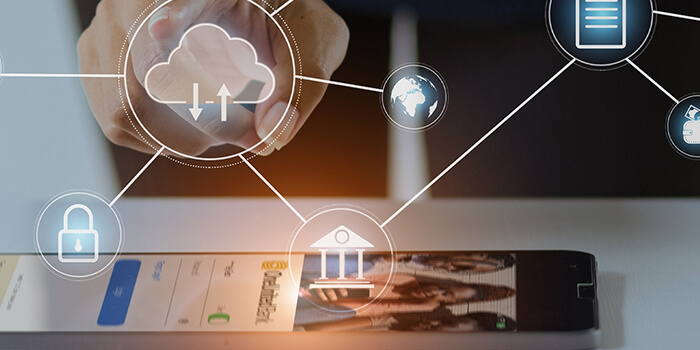Summary
Unlock the power of purposeful purchasing to reshape your consumption mindset and wealth building. Through mindful techniques like prioritization, saving, and cost-per-use, you can make smarter money moves and lead the way in conscious consumption. Join us in embracing the purpose mindset and discover useful insights to transform your relationship with money while building sustainable habits.
By purchasing with purpose, we reset unsustainable spending habits and shift toward accumulating wealth. Join us and take back the power of your dollars. Use it to build better and more sustainably.
What if we could shape more conscious consumption while building greater wealth?
We can! That’s where the purpose mindset comes into play.
Purchasing With Purpose
Money is not just a tool, it’s a form of voting power. How we spend it shapes how businesses make products, how politicians think about policy, and how wealth is built.
Spend responsibly to combat overconsumption and divert your dollars away from organizations and initiatives that do not align with your values.
How do you practically put these into practice? It starts with shifting your habits towards a purpose mindset.

Prioritize
To extend the impact of your dollars, let’s look toward a useful tool – purposeful prioritization.
Start by examining at your spending patterns in the Money Management tool.
Unlock financial freedom with our free online and mobile suite for OneUnited Bank customers – Money Management!
Next, shift your money habits to prioritize areas of spending that have the greatest ROI. This means investing in transactions that provide a greater return on investment.
For example, if you spot spending patterns in the Money Management tool that reveal high spending on clothes but lower spending on groceries, you can start to think about what should be prioritized for purposeful consumption.
Quality groceries can help to lead a healthier lifestyle. Food is also consumable, meaning it is used up by the buyer and doesn’t leave a negative environmental footprint. On the other hand, regular spending on new clothes doesn’t have a long-term benefit and actively clogs the environment with textile waste.
This is just one approach to purposeful prioritization. You can also prioritize spending with minority-owned businesses or with more ethical organizations to support small businesses’ growth and wealth creation.
Increasing your skills with prioritization puts more power in your dollars while also helping us act as conscious stewards of our planet!
Save
One method of purposeful saving is to open a new savings account dedicated to the desired purchase.
Now that you have a dedicated space where you have categorized your savings, you start to build positive financial habits and, even more importantly, defer gratification.
Learn more about building positive financial habits through our Financial Literacy Center
When you do a little extra work to save for a purchase in advance, you start to look at that purchase through an investment lens. With gratification delay, you spend less and build towards buying better.
Buying better can mean better quality or a better return on investment when you buy items with greater long-term value. Saving towards your first home down payment every month with an automated savings plan and AutoSave, is a way of purposeful saving to build wealth.
Purposeful savings helps us keep more money in our pockets. Ka-ching! When you go to spend these savings, you’ll have greater confidence that your money will continue to grow through choosing to spend on quality investments.

Cost Per Use
Stick with us! Cost-per-use might sound boring, but it’s a game-changer.
Using the same approach with prioritization, you can figure out which purchases give you the greatest value before you buy them.
Imagine you buy a cheap pair of fast fashion pants for $20, and you wear them 5 times due to the poor quality and construction. Take 20 and divide it by 5 to see how much you pay each time you wear these pants. $4 doesn’t seem too expensive, right?
Wrong. Now imagine you instead buy $100 pants which are better quality so you wear them regularly, about 200 times. Dividing 100 by 200 gives us just 50 cents per wear. Wow, 50 cents is a lot less than $4!
In the end, cheap fast fashion pants cost more to our pockets and our planet than the more expensive pair of pants that are of better quality.
This is where conscious consumption and building wealthier habits go hand in hand. While making decisions, put the cost-per-use strategy to use and calculate how many times you will realistically wear or use something to find its true cost.
– –
Through purposeful prioritization, we can begin to make smart money moves and select items with a better return on investment. With purposeful saving, we start to train ourselves to see saved money as a tool to invest in higher quality investments. A cost-per-use approach helps us understand the true value of a purchase over time.
Where we go, others follow. So let’s set the tempo on conscious consumption with a purpose mindset! Our planet and our pockets will thank us as we build wealthier and more sustainable lives.
__________________________________________________________________________________________________________________


















